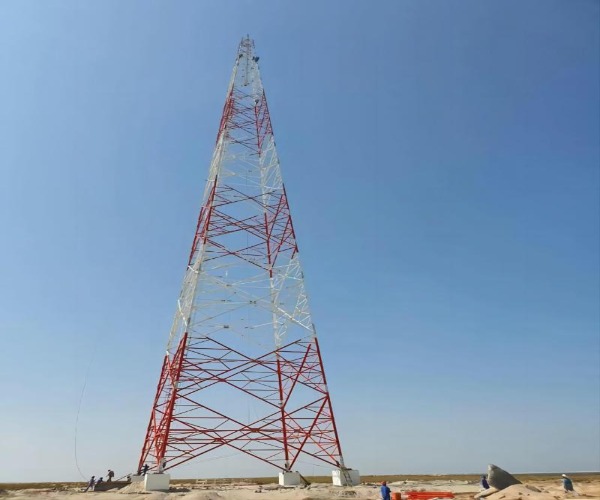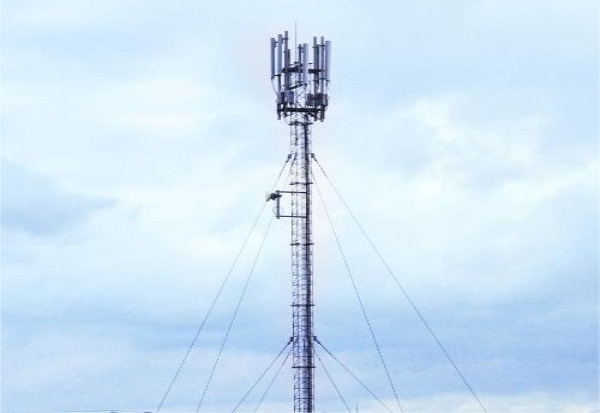The choice of tower height for cell towers in urban and rural areas is influenced by various factors that are specific to each setting. Here are the key factors that influence the choice of tower height in urban versus rural areas:

--Urban Areas:
1. Population Density:
- Influence: In densely populated urban areas, taller towers may be necessary to ensure adequate coverage and capacity due to the high number of users and buildings that can obstruct signals.
2. Building Height:
- Influence: Tall buildings in urban areas can create signal shadows and block line-of-sight communication. Taller towers are often needed to overcome this interference.
3. Space Constraints:
- Influence: Limited available land in urban settings may restrict the height of towers. Shorter towers or rooftop installations may be preferred to maximize coverage without significant visual impact.
4. Aesthetic Considerations:
- Influence: Urban areas often have strict regulations regarding tower appearances. Concealment solutions or shorter, less visually obtrusive towers may be required.
5. Network Capacity:
- Influence: Urban areas typically have higher data traffic demands. Taller towers with more antennas can help meet the increased capacity requirements.

--Rural Areas:
1. Topography:
- Influence: Rural areas may have varied terrain, such as hills or valleys, which can impact signal propagation. Taller towers may be needed to ensure line-of-sight communication over long distances.
2. Coverage Area:
- Influence: Rural areas often require broader coverage due to lower population density. Taller towers can provide wider coverage and reach remote areas more effectively.
3. Obstacles:
- Influence: Rural landscapes may have fewer obstructions like tall buildings, but natural obstacles like trees or foliage can still affect signal strength. Taller towers can help overcome these obstacles.
4. Power Consumption:
- Influence: In rural areas with limited access to electricity, taller towers may be preferred to accommodate solar panels or other alternative power sources for off-grid operations.
5. Regulatory Considerations:
- Influence: Regulations in rural areas may be less stringent compared to urban areas, allowing for taller towers to be erected more easily.

In both urban and rural areas, the choice of tower height is a careful balance between coverage requirements, regulatory restrictions, terrain characteristics, visual impact, and cost considerations. It is essential to conduct thorough site surveys, engage with local authorities, and work with telecommunications experts to determine the most suitable tower height for each specific location.
Learn more at www.alttower.com
